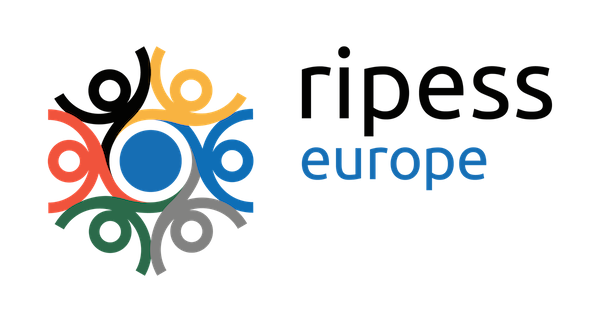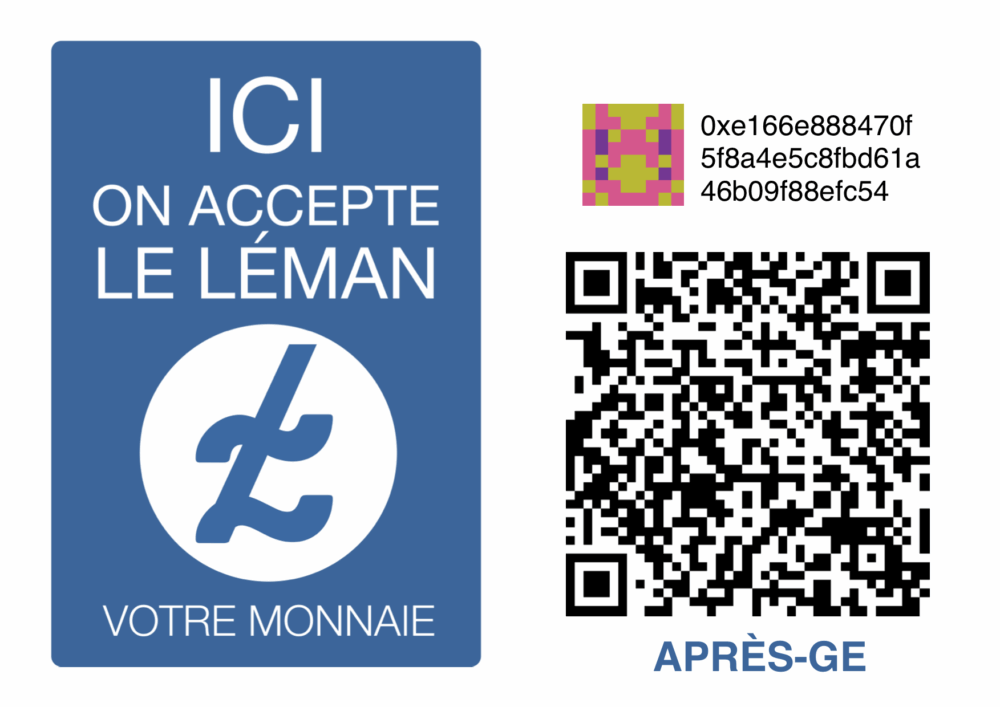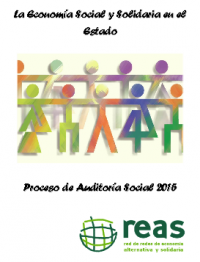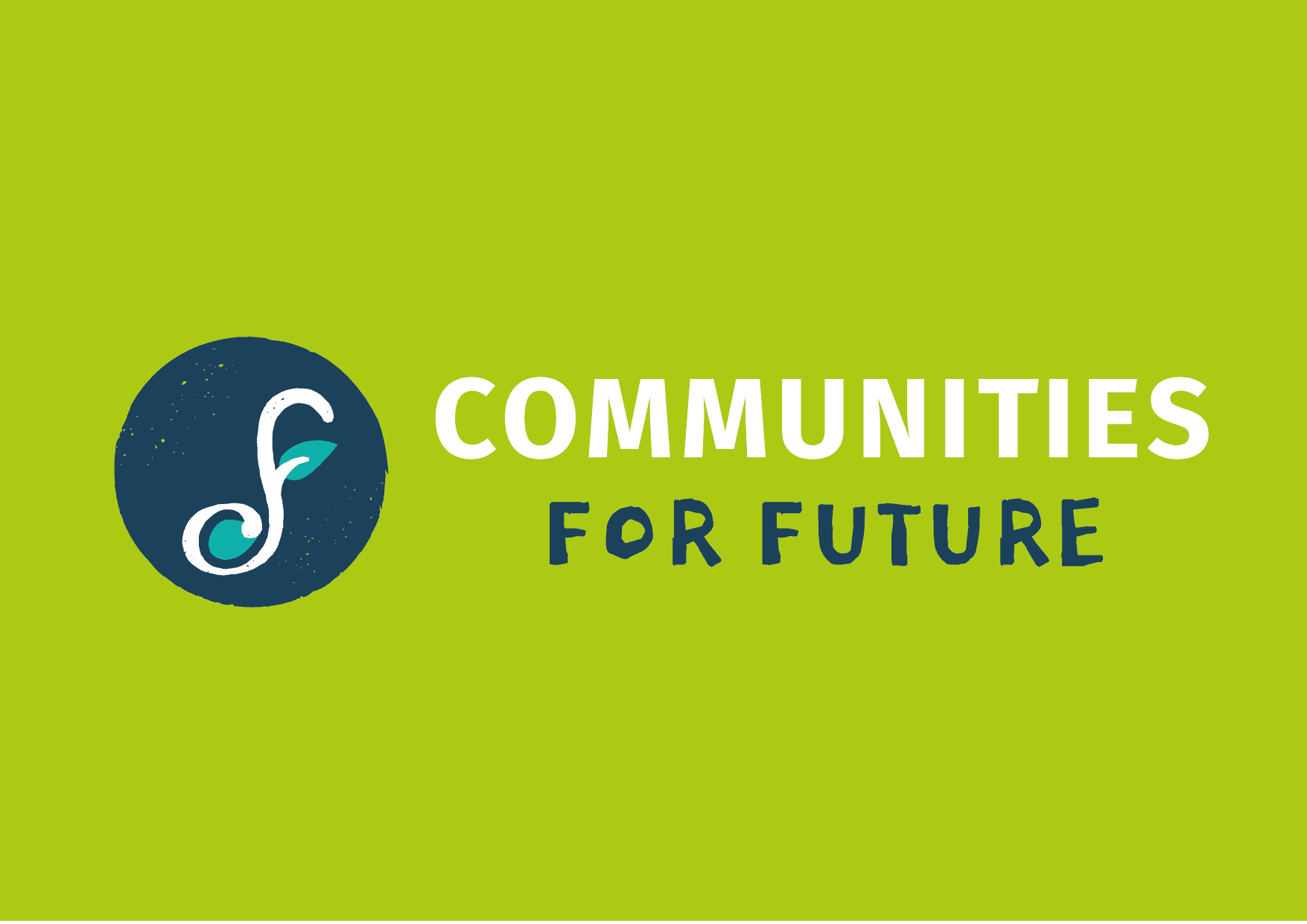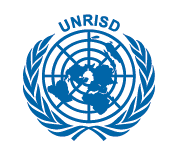 This contribution is published as part of the Think Piece Series The Road To Addis and Beyond, launched to coincide with the third and final drafting session of the outcome document of this summer’s Third International Conference on Financing for Development. In this Series, global experts discuss a range of topics complementary to the UNRISD research project on the Politics of Domestic Resource Mobilization on how to fund social development and raise provocative or alternative perspectives that can generate further ideas and debates. See the original post for more information.
This contribution is published as part of the Think Piece Series The Road To Addis and Beyond, launched to coincide with the third and final drafting session of the outcome document of this summer’s Third International Conference on Financing for Development. In this Series, global experts discuss a range of topics complementary to the UNRISD research project on the Politics of Domestic Resource Mobilization on how to fund social development and raise provocative or alternative perspectives that can generate further ideas and debates. See the original post for more information.
The debates at the 2015 International Conference on Financing for Development (FfD) in Addis Ababa focused on macro gaps in development funding, and on the private sector as a provider of solutions. But this approach overlooked two fundamental players: social and solidarity economy (SSE) and social and solidarity finance (SSF). This think piece suggests that involving users in the management of financial resources and targeting funds towards sustainable activities leads the way to more sustainable finance conducive to socially sustainable development.
by Marie-Adélaïde Matheï, Research Analyst at the United Nations Research Institute for Social Development (UNRISD) in Geneva.
Macro Action Areas and focus on the private sector
The debates in the lead-up to the Third International Conference on Financing for Development focused on potentially large sources of funding, such as forming a UN body on tax cooperation, bridging the infrastructure gap, increasing the volume of official development assistance (ODA), and recognizing trade as an engine for development.
Facing the investment needs to meet the Sustainable Development Goals (SDGs), the World Bank stated in its 2015 report on Transforming Development Finance that discussions needed to move from billions in ODA to trillions by including the private sector, as it offers the largest potential to finance the SDGs.
While the 2002 Monterrey Consensus stated that an enabling environment is vital for encouraging the private sector, the Addis Ababa Action Agenda goes further and calls on businesses to “apply their creativity and innovation to solving sustainable development challenges” and invites them to “engage as partners in the development process, to invest in areas critical to sustainable development, and to shift to more sustainable consumption and production patterns”.
Yet past experience and research have shown that market-centred approaches to development that have promoted economic liberalization, financialization and commodification have not prevented inequalities, unemployment, crises linked to food, fuel and finance, and environmental disruption. Equally, the potential of private sector finance for socially sustainable development is limited, as inclusiveness and sustainability are not its key priorities. Rather, private sector financing seeks to finance secure, profitable and competitive activities. Consequently, the majority of assets are traded through transactions that allow (artificially) high profitability rates, or misallocated to the most profitable economic activities, giving little attention to the needs of people and the planet. Especially low-profit businesses, such as those in the social and solidarity economy (SSE), suffer from a credit crunch. So private sector finance does not naturally steer money in ways that align with the SDGs. A question arises then: what finance for what kind of development? Or, as Barbara Adams and Gretchen Luchsinger ask their article in Global Policy Forum, “Can we have a transformative development agenda without the transformation of business?”
The invisible player: social and solidarity finance
The macro and private sector-centred approach which dominated the debates of the FfD process overlooked a fundamental player: the socioeconomic initiatives undertaken by the people, for the people, at the local level and within communities. In places where conventional financing is missing or ill-suited, people organize collectively to mobilize local savings and implement lending mechanisms through grassroots financial arrangements, often improving both their social and economic conditions.
Typically, organizations pertaining to the social and solidarity economy play these roles. The term SSE is increasingly being used within the United Nations to refer to the production of goods and services by a broad range of organizations that have explicit social and often environmental objectives, and that are guided by principles and practices of cooperation, solidarity and democratic self-management.1
SSE also includes finance and exchange mechanisms: ethical banking, financial cooperatives, community development banks and revolving funds, solidarity microfinance, community-based savings schemes—including rotating savings and credit associations (ROSCAs), and savings and credit cooperatives (SACCOs)—complementary currencies, and arguably, forms of crypto-currencies, impact investing and social impact bonds. Although these exchange and finance practices differ in model, complexity, size and geographical spread, they have in common that they are not driven only by profit but also by social and environmental considerations.
Through democratizing access to finance and involving users in the management of financing resources, social and solidarity finance schemes reinsert values and practices of solidarity and reciprocity into the financial sphere. They also foster local economic development and build a sense of community and mutual support.
SSF challenges traditional ways of conceiving finance and exchange. In this way, it could be an entry point for the transformation of business needed to support sustainable, equitable development. For example, crypto- and complementary currencies mean rethinking traditional approaches to money, as they show that monetary and exchange innovations can influence user behaviour to foster positive social and environmental impacts.
In their daily operations, SSF schemes integrate financial relationships and social interactions within a framework of support, trust and solidarity. For example, ethical banks and financial cooperatives target specific audiences (women, the unemployed, social enterprises) and finance certain types of economic and social activities such as those related to the environment, education and social welfare, which are often excluded from conventional banking credit.
In practice, SSF mechanisms often form part of a larger model of local development. Financial cooperatives, for example, can serve as a basis for other development programmes. In Brazil, community development banks democratize access to finance, mobilizing local investments and with resources being managed by community organizations. In Cameroon, credit unions tap into the savings reservoir fed by the ROSCAs to mobilize resources. Crucially, this mechanism socially embeds credit unions, providing them with local legitimacy.
These are not isolated examples. More than 51,000 credit unions can be found in 100 countries, counting 200 million members and over USD1,500 billion in assets. In sub-Saharan Africa, nearly 100 million people use community-based savings methods. And financial cooperatives fared better than investor-owned banks during the 2007-2008 financial crisis, showing higher resilience than conventional finance against external financial instability.
But social and solidarity finance schemes also face serious limitations that need to be resolved for SSF to play a major role in development financing. Many have not been able to reach the poorest layers of the population, especially women. SSF mechanisms whose users are concentrated geographically or active in the same economic sector face the fragility that comes with risk pooling. Despite the expectations, microfinance has not always been socially and financially inclusive: what began as a solidarity-based approach became increasingly commercialized to the detriment of borrowers who saw their financial fragility increase. Financial cooperatives also often remain inaccessible for those who are not able to cover membership fees and saving capacities. Less formalized schemes such as ROSCAs, while often the only saving system available in developing countries, may suffer from the lack of lender of last resort and other safety nets in case of external shocks. So far, few complementary currency schemes have been successful in the long-run. And while cooperative and ethical banks do finance low-profit and sustainable initiatives, they must nevertheless justify their decisions to their own creditors. If the pressure of shareholders’ interests is too strong, those banks can be tempted to dilute their mission-driven business to pursue investment strategies more similar to mainstream banks.
Overall though, the arguments in favour of the potential of SSF initiatives stand: they tend to finance sustainable practices in the real economy while involving the community in the management of financial resources. As such, SSF is more likely to align its funding and exchange activities with the five key dimensions of socially sustainable development: economic development, social progress, environmental protection, gender equality and sociopolitical empowerment. Its transformative potential lies in the emphasis on alternatives to capitalism and the debt-based monetary system, as well as redistributive justice and active citizenship. But the lack of supportive regulation often hampers the development of SSF schemes and their ability to provide sustainable value for communities.
So, what happened in Addis (and what didn’t)?
Various SSE supporters were present at the Addis summit, including the Mont-Blanc Meetings, RIPESS2, the International Leading Group on Social and Solidarity Economy, (which represents states that have implemented policies on social and solidarity economy) and the United Nations Inter-Agency Task Force on Social and Solidarity Economy, (which groups 18 UN agencies, the OECD, the European Union and civil society networks of SSE organizations). These stakeholders’ contributions to FfD debates and processes included an UNRISD workshop and research results, comments on various drafts of the Outcome Document (to the Elements Paper and to the Zero Draft), and participation in the civil society hearings and in the Conference itself, during a side-event of the Leading Group gathering high-level policy makers, UN and civil society representatives. The demands included transferring development funds via local SSF tools to reach local communities; co-constructing public policies supporting SSE and SSF; and creating partnerships between public actors and SSE enterprises. And in the process of crafting a post-2015 development agenda, the SSE community is championing social and solidarity economy and finance as means of implementation, and as such, part of the follow-up and review process for the SDGs.
Some parts of SSF were acknowledged in the Addis Ababa Action Agenda: “we will also support microfinance institutions, development banks, agricultural banks, mobile network operators, agent networks, cooperatives, postal banks and savings banks as appropriate. We encourage the use of innovative tools, including mobile banking, payment platforms and digitalized payments”. And the Agenda also recognized “the diversity of the private sector, ranging from micro-enterprises to cooperatives to multinationals.” But not acknowledging that social and solidarity initiatives, mentioned only in passing, reinsert values and practices of solidarity into the financial sphere and share the mission of fostering sustainable development means overlooking their transformative potential. By contrast, the Declaration from the Addis Ababa Civil Society Forum on FfD noted, “we should prioritize policies and development funds supporting a social and solidarity economy and finance that enhances democratic ownership and supports domestic micro, small and medium-sized enterprises that have a greater sustainable development impact”.
The Addis Ababa Action Agenda welcomed innovative financing, but it seems that SSE and SSF were too far removed from business as usual to be formally recognized and supported. It would have been particularly relevant to acknowledge that SSE and SSF are well-aligned with the principles of the SDGS and are a potential means of implementation. Perhaps the greatest missed opportunity of the Agenda was not connecting SSE and SSF to the sentence noting that “solutions can be found through […] unlocking the transformative potential of people”. As Alex Evans from New York University’s Centre on International Cooperation stated, the development summit at Addis Ababa highlighted the message that no one should be left behind, but came up with no significant plan to achieve that.
Moving forward
SSE and SSF initiatives point to an alternative, more integrative approach to sustainable development than the one that underpins much of the thinking currently behind the post-2015 agenda. But while SSE and SSF increasingly feature in research, in some governments and at the United Nations, they still lack formal recognition in the post-2015 processes.
The SSE approach encourages the international community to move beyond a focus on the economic empowerment of individuals (as, for example, commercial microfinance does) towards groups and political empowerment, as exemplified by ROSCAs. The worldwide spread of SSF practices should invite those involved in financing for development to pay far more attention to the integrative, democratic and territorially-rooted solutions used by communities.
Enabling the transformative potential of SSE and SSF would allow the development community to correct biases associated with macro and private sector-driven approaches to financing for development. It would introduce less volatile and more inclusive finance that invests in socially and often environmentally positive activities that can also produce profits and be conducive to socially sustainable development.
FOOTNOTES
1 The most common forms of SSE organizations include cooperatives and other social enterprises, self-help groups and community-based organizations.
2 The Intercontinental Network for the Promotion of Social Solidarity Economy
REFERENCES
Adams, Barbara and Gretchen Luchsinger. 2015. “Are FfD3 and Post-2015 striking the right public-private balance?” Global Policy Forum, 16 April 2015.
Both, Nathalie. 2015. The PDRM Project in the Context of the 2015 Finance for Development Debate. Background Paper prepared for the project on Politics of Domestic Resource Mobilization for Social Development. Geneva: UNRISD.
Civil Society Forum. 2015. Declaration from The Addis Ababa Civil Society Forum On Financing For Development. 12 July.
Evans, Alex. 2015. Where are Concrete Plans for Action in the Development Financial Deal? The Guardian, 16 July 2015.
Gewölb, Simon, Marie-Adélaïde Matheï and Joannah Caborn Wengler. 2015. Social and Solidarity Finance: Tensions, Opportunities and Transformative Potential. Event brief. Geneva: UNRISD.
Poirier, Yvon. 2015. “Social Solidarity Economy (SSE) and Financing for Development (FfD): A Concept Note.” RIPESS Intercontinental Network for the Promotion of Social Solidarity Economy. 16 March.
United Nations. 2015. Outcome Document of the Third Financial Conference on Financing for Development: Addis Ababa Action Agenda. UN Doc. No. A/CONF.227/L.1. 15 July.
UNRISD. 2014. Social and Solidarity Economy and the Challenge of Sustainable Development. UN Inter-Agency Task Force on Social and Solidarity Economy Position Paper.
Utting, Peter. 2013. Social and Solidarity Economy: A Pathway to Socially Sustainable Development? Think Piece for the project on Social and Solidarity Economy. Geneva: UNRISD.
Utting, Peter, Nadine van Dijk and Marie-Adélaïde Matheï. 2013. Social and Solidarity Economy: Is There a New Economy in the Making? Occasional Paper 10. Geneva: URNISD.
World Bank. 2015. From Billions to Trillions: Transforming Development Finance Post-2015 Financing For Development: Multilateral Development Finance. Washington: World Bank Group.
ABOUT THE AUTHOR
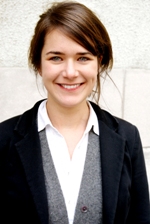 Marie-Adélaïde Matheï is Research Analyst at UNRISD. She joined the institute as a Research Intern in 2013 to assist Peter Utting with the project on “Potential and Limits of Social and Solidarity Economy”. Since 2015, she is also the Research Coordinator of the UN Inter-Agency Task Force on Social and Solidarity Economy. She has previously interned at the Belgian embassy in Kuala Lumpur where she drafted a report on Islamic Finance in Malaysia. She was also a trainee with DG Research and Innovation at the European Commission and did an internship at the Private Sector Department of Oxfam America. Marie-Adélaïde holds a master in Economics from the University of Louvain-la-Neuve (Belgium), during which she conducted research on time banks and complementary currencies in Chile. She also holds a master in International Relations and Diplomacy from the University of Antwerp (Belgium). Her master dissertation compared the follow-up of the European external trade policy at the federal and regional levels in Belgium. She spent a term as a visiting student at St Antony’s College, Oxford University, where she took the tutorial course “Islam in the West”. Her research focuses on the tensions and potential associated with forms of social and solidarity economy and finance.
Marie-Adélaïde Matheï is Research Analyst at UNRISD. She joined the institute as a Research Intern in 2013 to assist Peter Utting with the project on “Potential and Limits of Social and Solidarity Economy”. Since 2015, she is also the Research Coordinator of the UN Inter-Agency Task Force on Social and Solidarity Economy. She has previously interned at the Belgian embassy in Kuala Lumpur where she drafted a report on Islamic Finance in Malaysia. She was also a trainee with DG Research and Innovation at the European Commission and did an internship at the Private Sector Department of Oxfam America. Marie-Adélaïde holds a master in Economics from the University of Louvain-la-Neuve (Belgium), during which she conducted research on time banks and complementary currencies in Chile. She also holds a master in International Relations and Diplomacy from the University of Antwerp (Belgium). Her master dissertation compared the follow-up of the European external trade policy at the federal and regional levels in Belgium. She spent a term as a visiting student at St Antony’s College, Oxford University, where she took the tutorial course “Islam in the West”. Her research focuses on the tensions and potential associated with forms of social and solidarity economy and finance.

